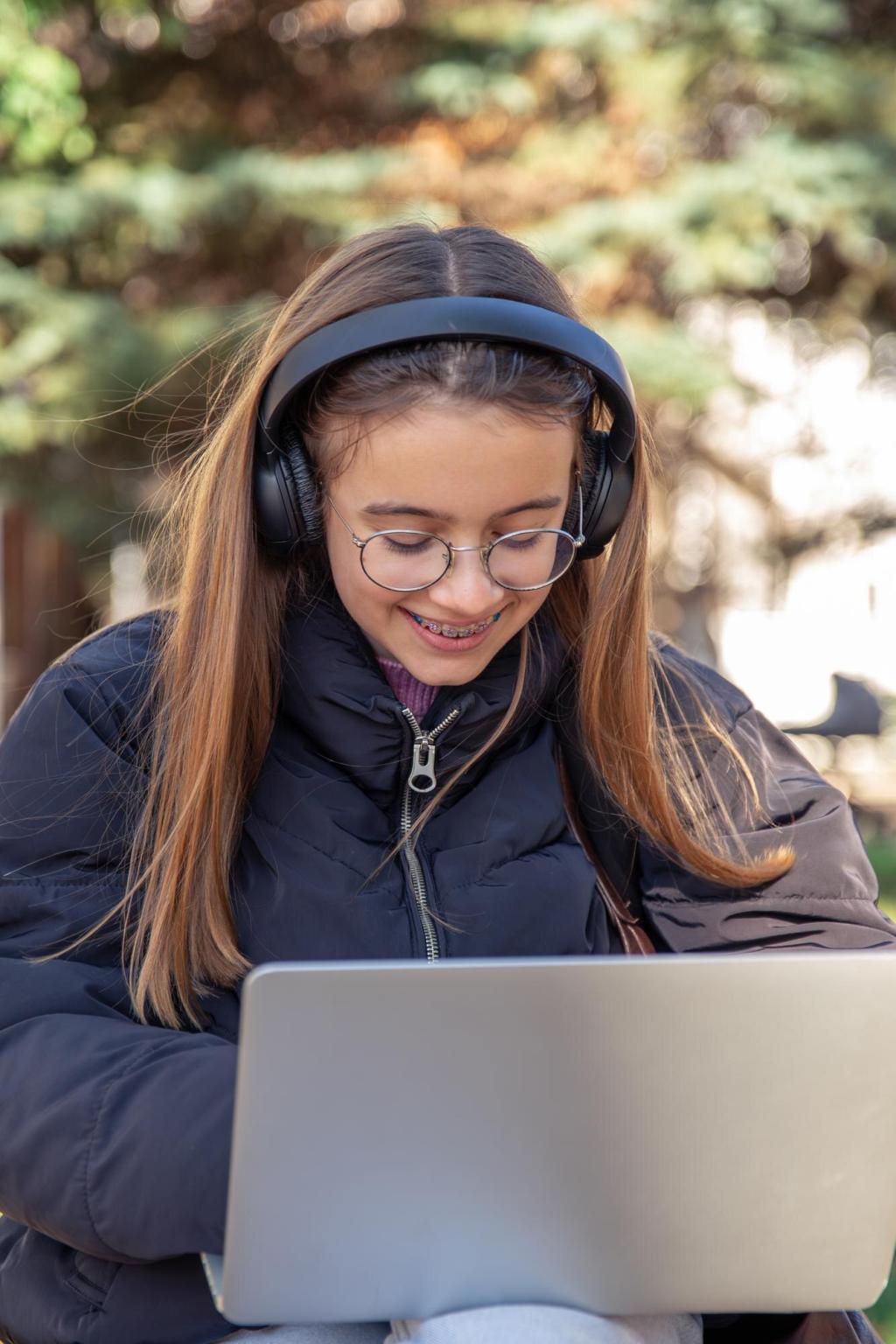Engagement Strategies in Virtual Classroom Settings
Effective engagement is the cornerstone of any successful virtual classroom. In digital learning environments, keeping students actively involved poses unique challenges that differ significantly from traditional face-to-face instruction. This web page explores actionable strategies and creative techniques educators can use to foster meaningful interaction, maintain attention, and cultivate a strong sense of community in virtual classrooms. Drawing from educational research and modern pedagogical approaches, these insights aim to help teachers, trainers, and facilitators transform online learning experiences into dynamic, collaborative, and productive spaces.


Creating Interactive Learning Environments
Employing multimedia tools such as videos, animations, and interactive quizzes adds a dynamic dimension to virtual classes. These tools cater to various learning styles, making abstract concepts more tangible and maintaining students’ attention longer. In practice, integrating short video clips illustrating real-life applications or using interactive whiteboards for collaborative brainstorming helps to transform passive viewing into active engagement. Frequent use of multimedia also breaks the monotony of text-heavy presentations, giving students visual and auditory stimulation that keeps them attentive and eager to participate.
Regular Icebreakers and Personal Introductions
Starting sessions with icebreakers or encouraging personal introductions helps to break down barriers and foster a sense of trust among students. Activities such as sharing fun facts, answering thought-provoking questions, or reflecting on prior experiences can humanize the virtual classroom and make students feel more at ease. When students know more about each other, they are more likely to contribute to discussions and collaborate effectively, leading to richer learning experiences throughout the course.
Instructor Presence and Approachability
A visible and approachable instructor presence has a powerful impact on student engagement in virtual learning. By actively participating in discussions, responding promptly to questions, and sharing personal anecdotes or experiences, teachers can bridge the emotional distance that often characterizes online education. When instructors show empathy, offer encouragement, and are accessible for extra support, students are reassured that their efforts are valued, making them more likely to remain engaged and motivated.
Personalizing the Learning Experience
Adaptive assignments utilize technology to adjust the difficulty or type of learning activity based on a student’s demonstrated understanding. For example, learning platforms can analyze quiz results and automatically recommend additional practice on weak areas or suggest more advanced material for students who excel. This approach ensures all students are appropriately challenged, helping to maintain interest and prevent frustration or boredom that can result from a one-size-fits-all curriculum.

